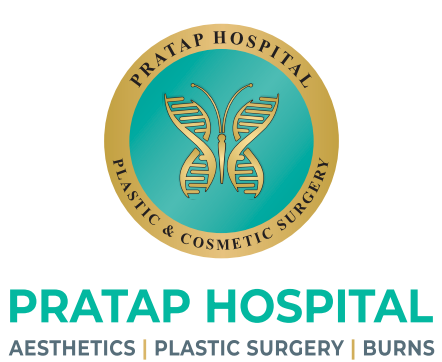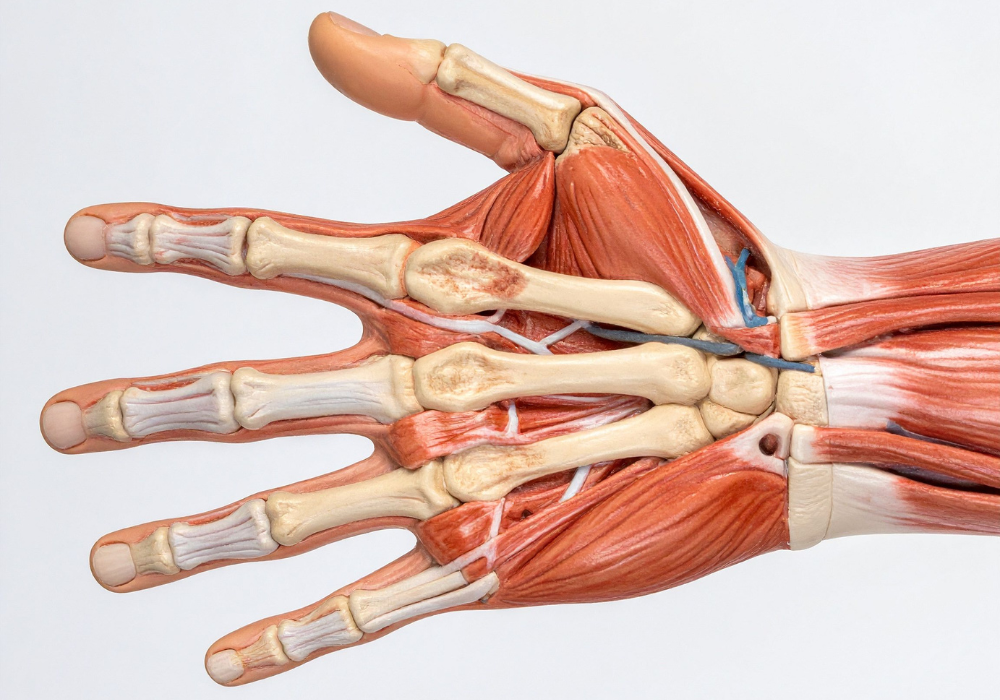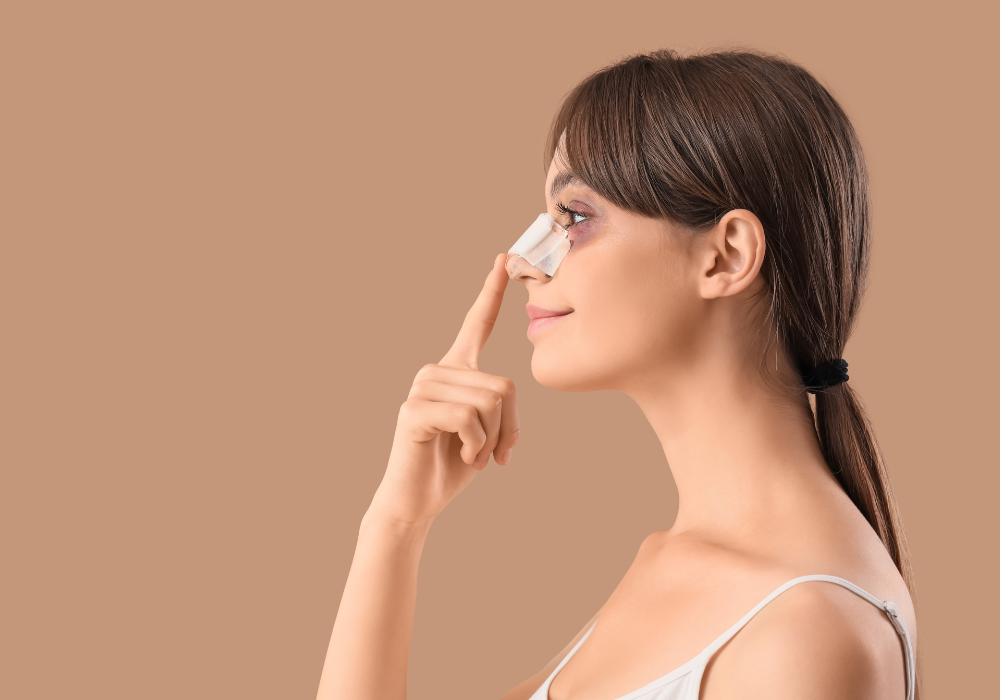
- Home
- About Us
- Surgical
- Non Surgical
- Burns
- Maxillofacial
- Gallery
- Testimonials
- Contact Us
Tendon Repairs & Tendon Transfers — Restoring Movement, Strength & Precision
At Pratap Hospital, Dr. Pratap Duggirala (M.S., M.Ch) leads one of the region’s most advanced centers for tendon repair, reconstruction, and tendon transfer surgeries. With over 15 years of specialized expertise in trauma, microvascular surgery, peripheral nerve repair, and complex hand reconstruction, he is widely recognized for delivering exceptional functional outcomes in even the most challenging tendon injuries.
Patients choose Pratap Hospital because Dr. Pratap combines microsurgical mastery, anatomical accuracy, and surgical artistry, ensuring restored movement, smooth tendon gliding, and strong functional recovery.
Whether the injury results from trauma, lacerations, crush injuries, avulsion, or nerve palsies, each procedure is customized to help patients regain coordination, grip strength, and fine motor control.
.

- Overview
- Why People Choose Dr. Pratap for Tendon Repairs & Transfers
- Pre-Surgical Evaluation
- Surgical Techniques Used
- The Surgical Process
- Frequently Asked Queries
Tendons connect muscles to bones and enable all hand and wrist movements. Injuries to flexor or extensor tendons can severely affect hand function and cause:
Inability to bend or straighten fingers
Weak grip strength
Pain or swelling
Snapping or imbalance in finger movement
Deformity or abnormal finger posture
Tendon injuries require expert, timely, and precisely executed surgical repair, as improper healing leads to stiffness, scarring, restricted movement, or permanent disability.
Dr. Pratap’s background in microvascular and reconstructive hand surgery makes him one of the leading surgeons for these delicate procedures.
✓ Highly Experienced Hand & Microsurgeon
Dr. Pratap has extensive surgical experience managing:
Tendon lacerations
Crush injuries
Degloving and open trauma
Tendon reconstruction
Complex combined nerve + tendon injuries
✓ Microsurgical Precision for Delicate Structures
His training allows him to repair tendons using ultra-fine suturing techniques that preserve:
Strength
Smooth gliding
Minimal scarring
✓ Specialist in Functional Restoration
He performs advanced tendon transfers, especially in:
Radial nerve palsy
Median nerve palsy
Ulnar nerve palsy
Brachial plexus injuries
Post-trauma loss of tendon function
✓ Proven Track Record in Trauma Hospitals
Having worked extensively in high-volume trauma settings, he has successfully treated thousands of hand injury cases.
✓ Customized Approach for Every Patient
Treatment considers profession, daily demands, injury pattern, and long-term hand use.
✔ Detailed Clinical Assessment
Movement loss
Tendon gap or retraction
Associated nerve injuries
Skin and soft tissue condition
✔ Imaging
Ultrasound for tendon continuity
X-ray for fractures
MRI for complex soft tissue injuries
✔ Functional Planning by Dr. Pratap
Choosing the optimal tendon(s) for transfer
Evaluating donor muscle strength
Planning precise movement vectors
✔ Patient Counseling
Explaining recovery, physiotherapy, expected outcomes, and timeline.
• Primary Tendon Repair
Performed within the first few days after injury using:
4- to 6-strand core sutures
Epitenon suturing for smooth gliding
• Delayed Tendon Repair / Reconstruction
Using tendon grafts when needed (e.g., palmaris longus, toe extensor tendon).
• Tendon Transfers
A hallmark of Dr. Pratap’s expertise—re-routing functional tendons to replace damaged or paralyzed ones.
Common transfers include:
Radial nerve palsy: PT → ECRB, FCR → EDC, PL → EPL
Median nerve palsy: ECRL → FPL, BR → FDP
Ulnar nerve palsy: ECRB → Interossei, FDS transfers
• Tendon Grafting
When tendon ends cannot be repaired directly.
• Tenolysis
Removing adhesions to improve tendon gliding in chronic stiffness cases.
Step 1: Anesthesia & Preparation
Marking tendon pathways and donor sites.
Step 2: Repair or Transfer
Fine microsurgical suturing
Balancing muscle tension
Ensuring optimal finger cascades
Restoring biomechanical movement patterns
Step 3: Wound Closure
Cosmetic suturing and protective dressings.
Step 4: Rehabilitation & Physiotherapy
A core part of success:
Early passive motion protocols
Custom splints
Controlled active movements
Strengthening exercises
Most patients see major improvement within 6–12 weeks, with full maturity of function by 6 months.
1. Will I regain full movement after tendon repair?
With expert repair by Dr. Pratap and dedicated therapy, most patients regain near-normal or full function.
2. How long is recovery?
Basic movement begins within weeks; full recovery may take 3–6 months depending on injury.
3. Are tendon transfers permanent?
Yes. Once healed, they become the new functional pathway for hand movement.
4. Can crushed tendons be repaired?
Yes. Many cases require reconstruction or grafting, which Dr. Pratap specializes in.
5. How soon should tendon injuries be treated?
Ideally within 7–10 days for best outcomes.
6. Will I need physiotherapy?
Absolutely. It is essential to prevent stiffness, adhesions, and loss of motion.
Book a Consultation
If you’re considering rhinoplasty for aesthetic enhancement or breathing improvement, schedule a consultation at Pratap Hospital today.
Our team will guide you through every step — from evaluation and planning to surgery and recovery — ensuring safe, effective, and natural results.
📍 Pratap Hospital — Reconstructive, Aesthetic & Microsurgery Centre
📞 Call / WhatsApp: +91 94929 69899
📧 Email: drpratapshospital@gmail.com

Before And After Results















